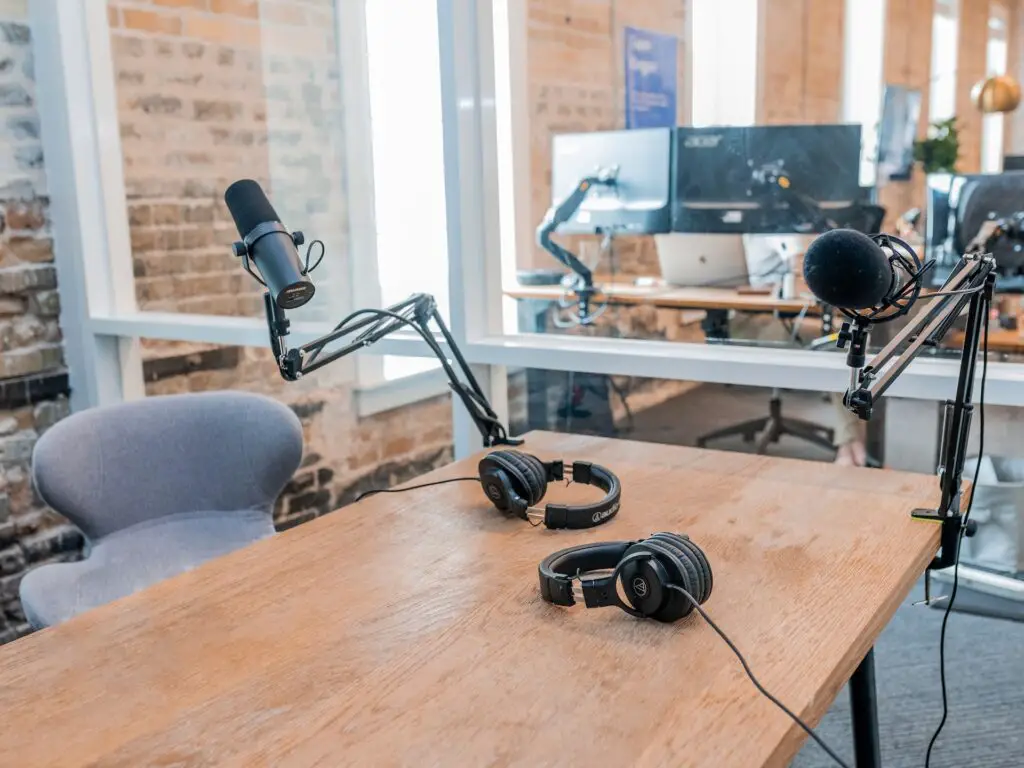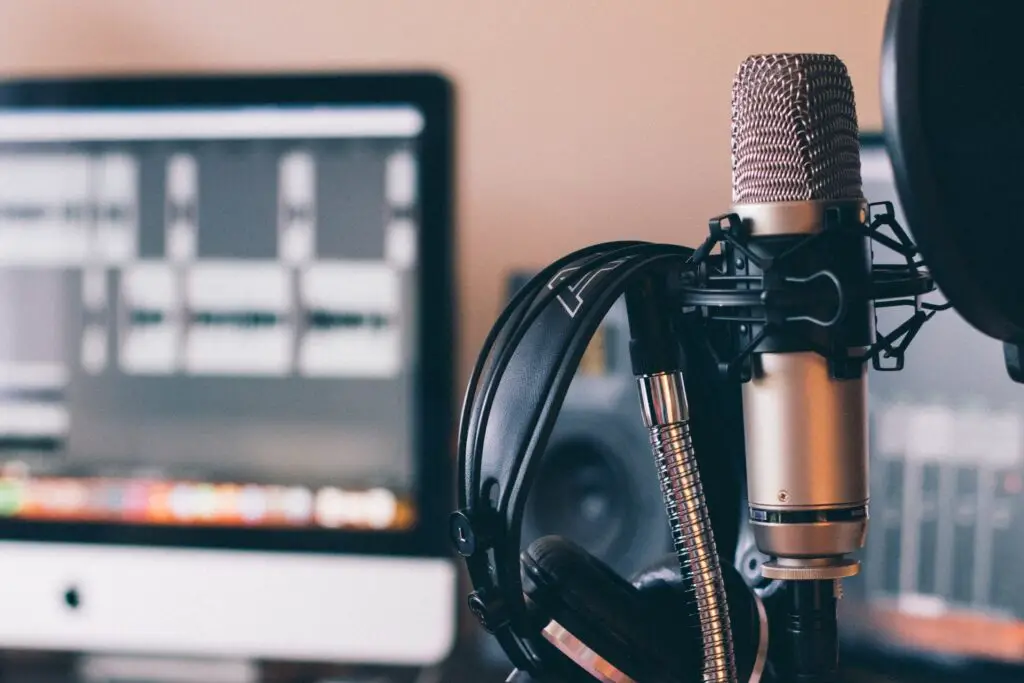Navigating the podcasting landscape as a beginner can feel like setting sail in uncharted waters—exciting yet peppered with uncertainties. From the jaunty timbre of your voice to the subtlest pause for effect, every sonic element maps out the journey your listeners embark upon.
As you tune into this guide on shaping podcast audio, even as a newbie, prepare to transform raw vocal potential into polished acoustic treasures that resonate in every earbud and speaker.
5 Tips for Better Quality Podcast Audio
Diving into podcasting can be thrilling, but the audio quality can make or break your show. Here are five essential tips to ensure your podcast sounds professional from the very first episode.
1. Invest in a Decent Microphone
Venturing into the world of podcasting without a decent microphone is like painting with a worn-out brush. The art won’t shine through. Investing in quality doesn’t necessarily mean breaking the bank but rather choosing a tool that matches your craft’s needs.
A reliable microphone acts as the bridge between your story and your audience, effortlessly transferring emotion and information. For this reason, you should invest in a microphone like the Shure MV7, AMG P120, or Samson Q2U, as they offer podcasters a lot of value.
2. Use Mastering Tools to Level Out Your Volume
When you’re editing your podcast, mastering is a critical step that can’t be overlooked. This process involves leveling out the volume and ensuring consistency throughout your audio. For example, you could use Mixea for an easy mastering solution that streamlines the process.
With such tools, you can adjust levels automatically, applying compression and limiting to reduce the dynamic range of your recording. This leads to a professional-sounding podcast where listeners won’t have to constantly adjust their volume or mess with their own settings.
3. Record in a Quiet Room
Step into the sanctuary of a quiet room. This space is where your podcast voice finds clarity and strength. In this haven, even the subtle hiss of electronics or the distant chirp of traffic fade, leaving only the rich tones of your dialogue to reach for listeners’ ears.
Creating this blanket of tranquility might mean recording in off-peak hours or soundproofing your studio with foam panels and heavy curtains—anything to coddle your podcast from the sounds of life. The silence will improve the audio quality, showcasing your message without distractions.
4. Perfect Your Mic Technique
Distance, when perfecting your mic technique, is key. Too close, and your voice might distort with boomy bass or popping ‘p’s. Too far, and you lose that intimate connection with the listener, allowing room noise to creep in. Find that sweet spot where your voice sounds natural.
Remember to keep your movements minimal. Sudden shifts can cause volume fluctuations and distracting noises. Your microphone is an extension of your expression, shaping the narrative as much as the words themselves. Treat it with care, and you’ll take command of the airwaves.
5. Listen to Your Tracks Outside Your Working Environment
Once you’ve recorded and edited your podcast, it’s tempting to publish it right away. But first, take a moment to listen to your audio in various settings outside of your usual workspace. This means putting on headphones at a coffee shop or playing the episode through car speakers.
Different environments can reveal inconsistencies like volume irregularities or subtle background noises that went unnoticed during the editing process. By doing this, you ensure that your podcast sounds great no matter where or how your audience listens.
In Conclusion…
Always remember that your podcast is a reflection of your passion and purpose. Equipped with these strategies for superior sound quality, you stand at the threshold of a realm where your voice carries weight and wonder. Embrace the artistry of audio, refine it with practice, and watch as your narratives echo in the hearts and minds of listeners worldwide.










0 Comments